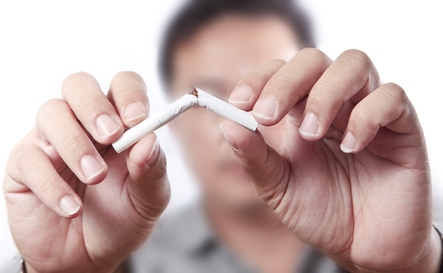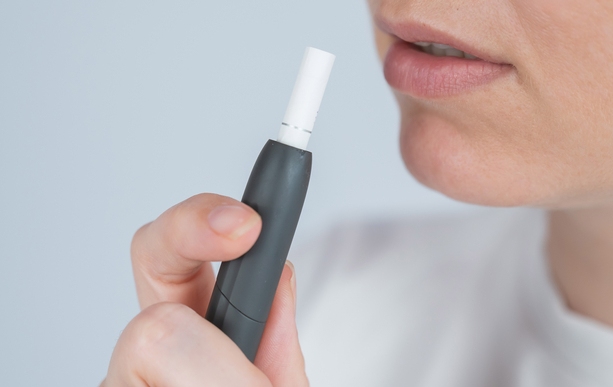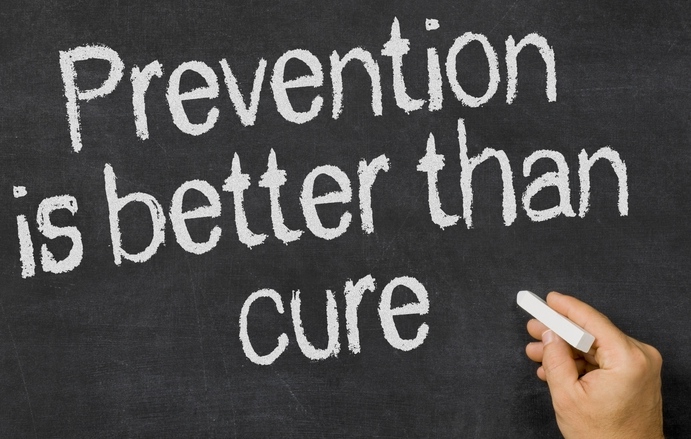
Nicotine – the “drug” in tobacco – is what makes smoking so addictive, both physically and mentally. The substance is the main culprit behind why people who smoke quickly become dependent on it. In fact, nicotine has a similar addiction potential to hard drugs like cocaine.
Nicotine is highly toxic, but fortunately, smokers absorb only around 1 to 2 milligrams per cigarette. A lethal dose for an adult would be about 60 milligrams, which is much higher than what you get from a single cigarette. In children, even swallowing a whole cigarette can be dangerous.
Once nicotine enters the body, it affects the brain almost immediately. Within seconds of inhaling, it activates the brain’s reward system, giving you a sense of pleasure. Nicotine also manipulates other chemicals in your body, making you feel more awake, reducing pain, and even suppressing appetite. It also increases heart rate and blood pressure.
However, this “nicotine high” is short-lived. Nicotine is mostly broken down in the liver and excreted through urine, with a half-life of about two hours. For regular smokers, though, this high wears off quickly, leading them to crave more nicotine before long.
Psychologically, smokers begin to associate the pleasurable feelings from smoking with certain activities. The cigarette becomes a symbol of relaxation, enjoyment, or a break from stress. Soon, the idea of having a cigarette with lunch or after dinner becomes almost unthinkable for many.
For Smoking Cessation, Contact Dr.Kowal:
Call CHMCCommon Myths About Smoking
Many people still believe smoking isn’t that harmful, or that a few cigarettes here and there don’t make a difference. Unfortunately, this is far from the truth. Even smoking just a couple of cigarettes a day increases your risk of heart disease, cancer, and reduces your lifespan. Passively inhaling secondhand smoke is also very harmful.
Some smokers convince themselves that smoking helps them concentrate, relieve stress, or stay slim. In reality, smoking only temporarily masks stress and does nothing for your long-term focus. It also leads to weight gain over time due to nicotine’s impact on metabolism and fat distribution.
Are You Addicted to Tobacco (Nicotine) ?
Different people smoke for various reasons, and it’s important to understand your own reasons for smoking in order to quit. There are several types of smokers:
The Enjoyment Smoker
For these people, smoking is a small luxury, and they can go without it for long periods, but enjoy a cigarette when offered.
The Social Smoker
These smokers mostly light up when with friends and often do so to fit in.
The Stress Smoker
They turn to cigarettes when stressed, thinking it helps them cope better with challenges.
The Addicted Smoker
This type has become physically dependent on nicotine and smokes regularly throughout the day.
Understanding which category you fall into is the first step toward quitting. If you are already aware of how nicotine affects your body, you can take steps to break free.
The Harmful Effects of Tobacco
When a cigarette burns, tobacco, additives, and paper reach temperatures of 500 to 900 degrees Celsius. This creates a toxic mixture of chemicals, including acetone, ammonia, arsenic, and cyanide. The smoke from a cigarette contains over 5,000 substances, 250 of which are toxic and over 90 are cancer-causing. The harm caused by smoking is cumulative and affects the respiratory system, circulatory system, and almost every organ in your body.
Why You Should Consider Quitting
If you’re thinking about quitting smoking, there are plenty of compelling reasons to do so. Here are just a few benefits:
Better Health
Non-smokers live longer and are less likely to suffer from lung cancer, stroke, heart attacks, chronic bronchitis, or asthma. In fact, you could add up to 10 years to your life by quitting.
Improved Fitness
After quitting, your lung capacity improves significantly. Your airways become stronger and less susceptible to infections, and you won’t get out of breath as easily.
Less Stress
Without worrying about your next cigarette, you can stop feeling anxious about when and where you can smoke.
Improved Appearance
Say goodbye to yellow teeth, stained fingers, and early wrinkles. Quitting smoking also helps reduce that persistent smoky odor.
Saving Money
A single cigarette costs around 30 cents, and if you smoke just five a day, that adds up to over 500 euros a year. Imagine what you could do with that money instead!
How to Quit Smoking

Quitting can feel like a big challenge, but it’s absolutely achievable. Whether you choose to go cold turkey or gradually cut down, the key is to make a firm decision and stick to it. Here are some tips to help you on your journey:
Set a Quit Date:
Pick a specific day to stop smoking and stick to it. Get rid of all cigarettes, lighters, and ashtrays before that day to avoid temptation.
Get Support:
Let your friends and family know that you are quitting and ask for their help. You can also join a support group or even find a quit-smoking buddy.
Use Nicotine Replacement:
If the withdrawal symptoms are too strong, consider using nicotine patches, gum, or lozenges to help manage cravings.
Keep Busy:
Find distractions, like walking, chewing gum, or sipping water, to keep your mind off smoking. Avoid situations where you would normally light up.
Reward Yourself:
Celebrate small victories. The money you save from not buying cigarettes can be used for something fun, like a weekend getaway or a new gadget.
Stay Positive:
If you slip up, don’t get discouraged. Many people try several times before they succeed, and each attempt brings you closer to quitting for good.
Alternatives to Smoking: Are They Safer?

Light Cigarettes
The term “light” is misleading. Many smokers inhale deeper or smoke more frequently to get the same nicotine hit, making these cigarettes no safer than regular ones.
HTP (Heated Tobacco Products)
HTP (Heated Tobacco Products) are devices that heat tobacco at a lower temperature than conventional cigarettes, generating an aerosol that can be inhaled and contains nicotine. IQOS was the first device developed by Philip Morris belonging to HTP, with a following line of products.
E-Cigarettes
While vaping may seem like a safer option, the long-term effects are still not fully understood. Additionally, vaping often keeps the same addictive rituals in place, which may make quitting even harder.
Shisha
Some people think smoking a hookah is safer, but it can be just as harmful, if not worse. The water doesn’t filter out the toxic substances; it only cools the smoke. Plus, you can inhale more nicotine during a typical session.
Prevention of Tobacco Addiction

Preventing tobacco addiction is one of the most important ways to reduce smoking in the population. The key is to educate people—especially teenagers and young adults—about the dangers of tobacco use before they even pick up their first cigarette. Young people are particularly at risk, as they’re often more curious, influenced by peer pressure, and unaware of the long-term consequences. The highest number of regular smokers is found in the 18–34 age group. These numbers show how crucial it is to reach people early.
To effectively prevent tobacco addiction, several goals should be pursued:
- Launch regular nationwide campaigns against tobacco use, targeting young people, pregnant women, the general public, and current smokers.
- Prevent young people from trying their first cigarette in the first place.
- Regulate how easily tobacco products and e-cigarettes can be accessed.
- Ban all advertising for tobacco products and e-cigarettes.
- Inform the public about the serious health risks of both smoking and vaping.
- Take strong measures to protect people from secondhand smoke.
- Raise awareness among adults about their role and responsibility in protecting young people from smoking.
Prevention of tobacco addiction is not just a public health issue—it’s a shared responsibility. The earlier we educate and protect young people, the more lives we can save in the long run.
Developing Tobacco Dependency. Conclusion
Tobacco has a sneaky way of leading people into dependency, but with determination and the right support, it’s possible to break free. By understanding how tobacco works in the body and the risks it poses, you can take the first steps toward living a healthier, smoke-free life. Whether it’s for your health, your wallet, or your overall quality of life, quitting tobacco is one of the best decisions you can make.


